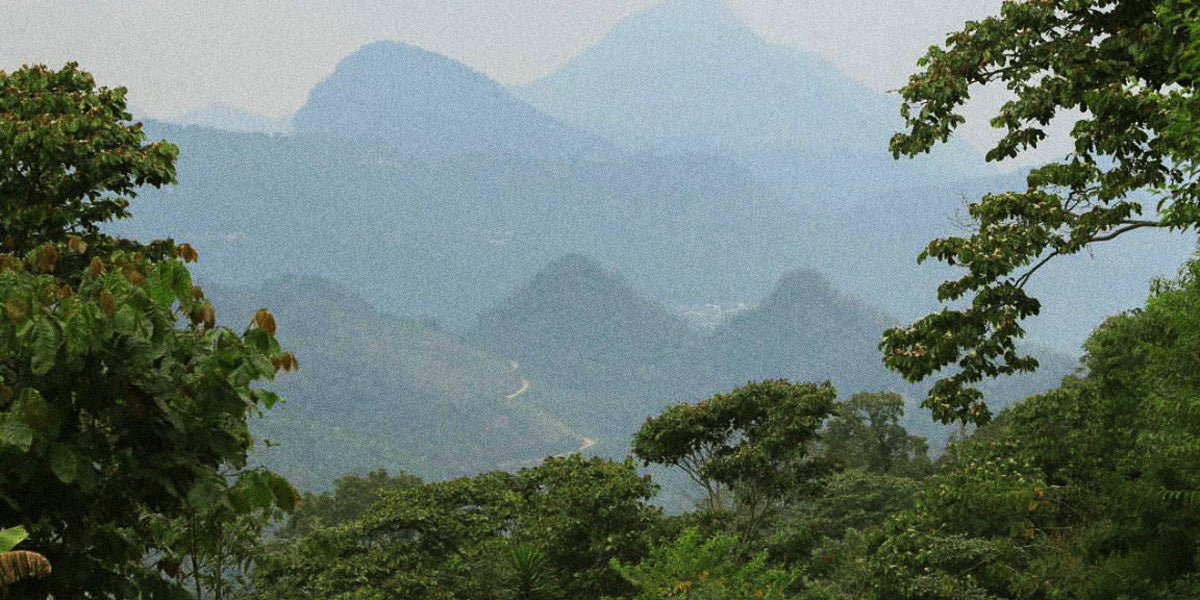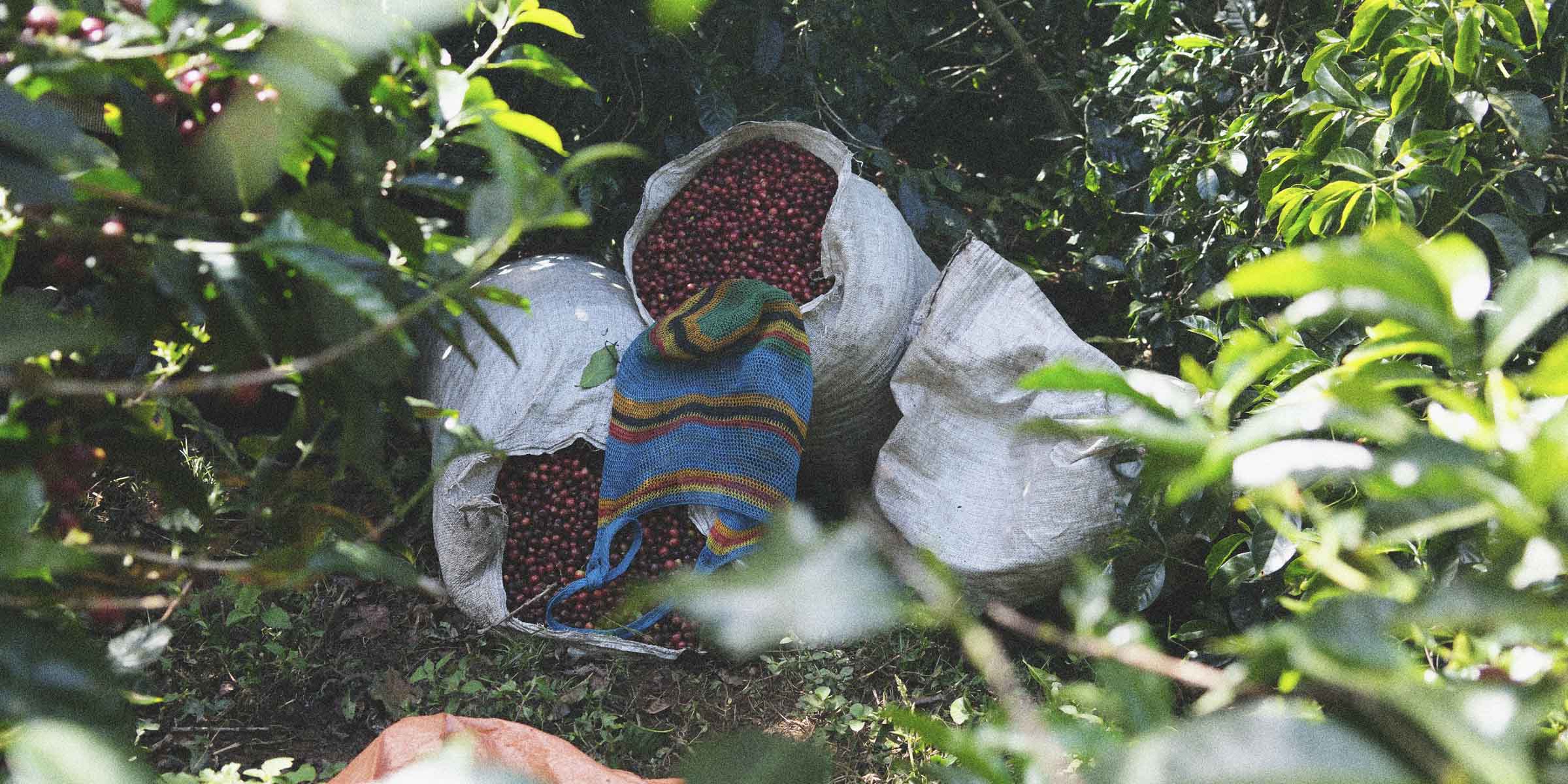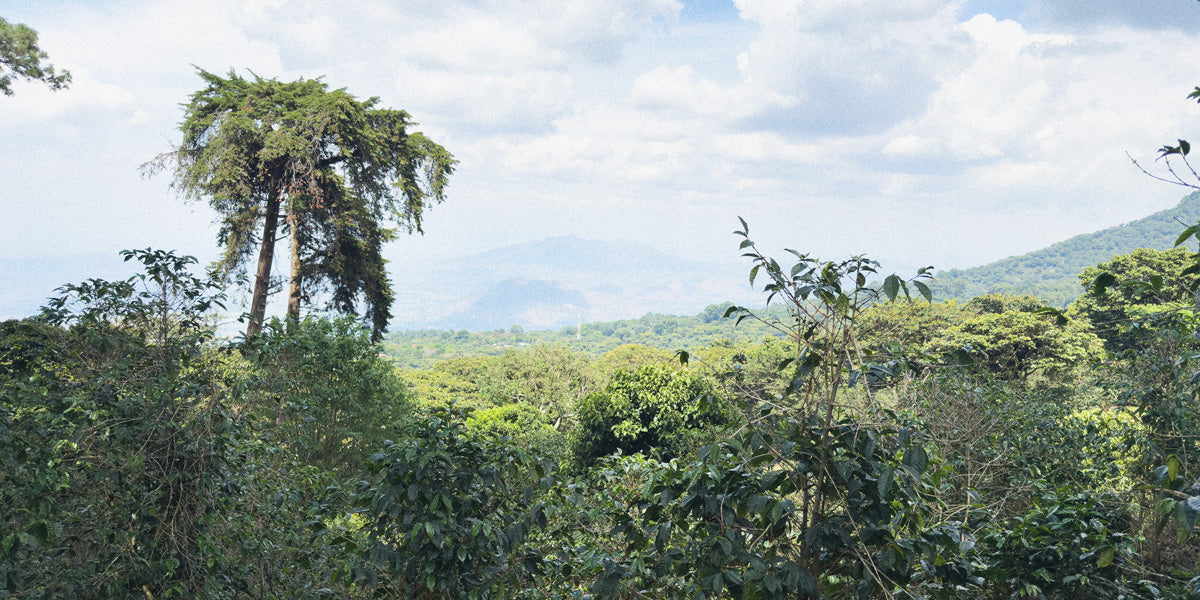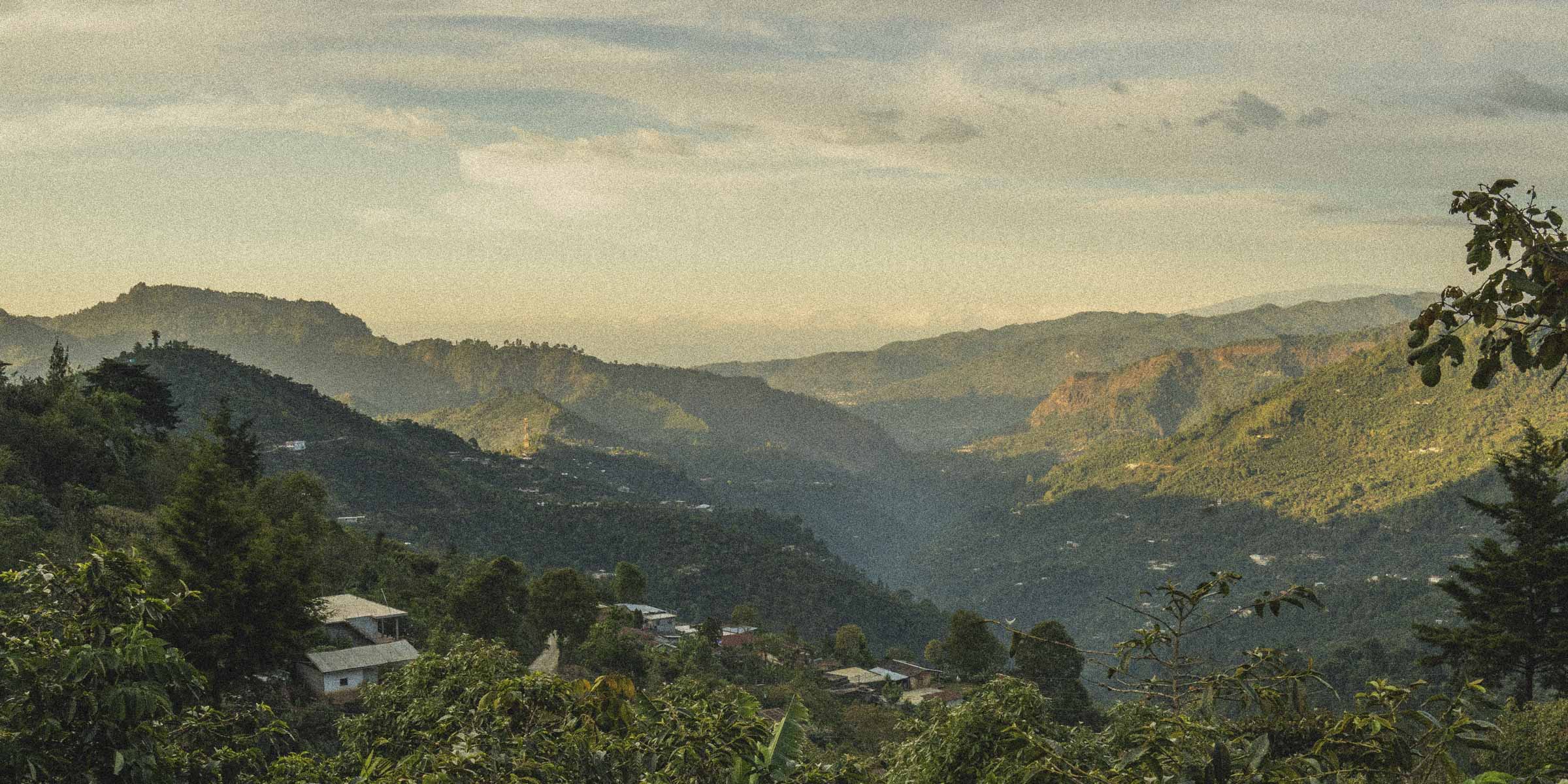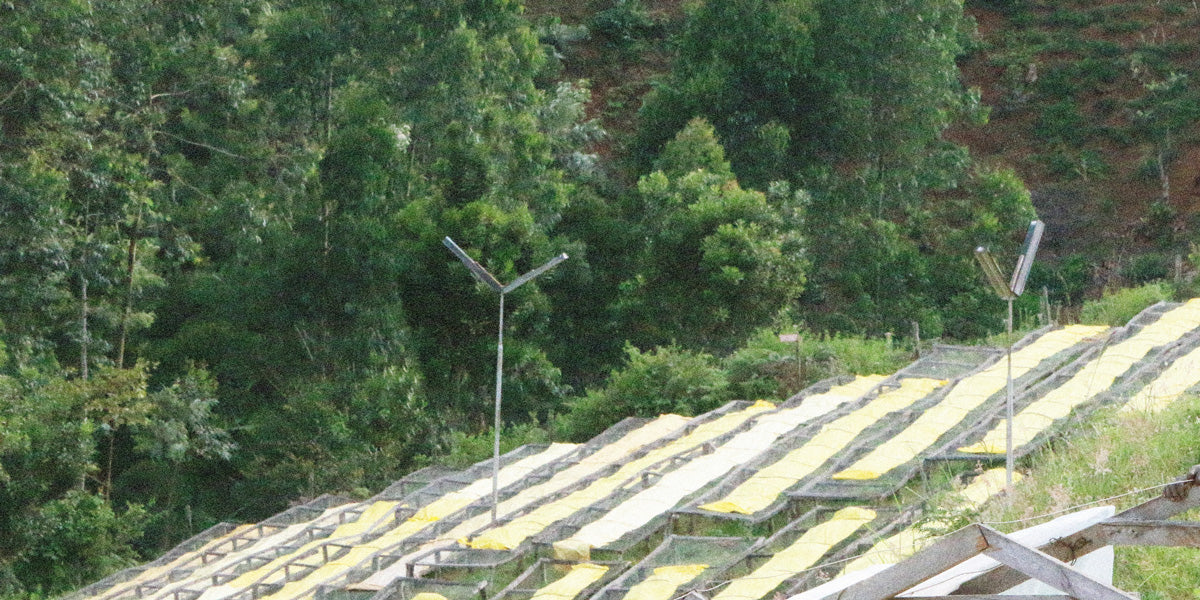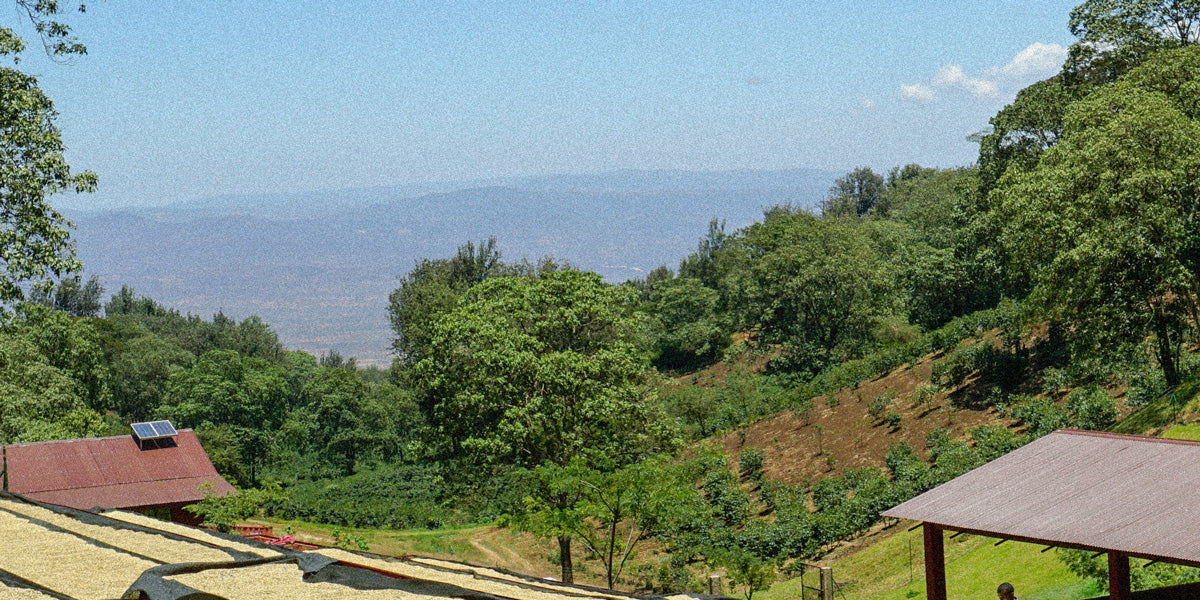Coffee Terroir Overview •
Read our Terroir articleCoffee Terroir Guide: Mexico's Untapped Specialty Potential
Same Mountains, Different Infrastructure
The coffee growing in Chiapas, Mexico, is the same coffee growing in Huehuetenango, Guatemala. Same volcanic soil. Same elevation. Same varieties in many cases.
Chiapas produces about 40% of Mexico's coffee from those highlands I could see from Guatemala. The conditions are identical to what makes Guatemalan coffee famous. These Mexican coffees show chocolate and nut profiles with mild citrus acidity.
The difference isn't quality. It's infrastructure. Guatemala has wet mills throughout coffee country. They have dry mills in the cities. They have exporters like Edwin at Onyx who understand specialty markets. Mexico has the same growing conditions but lacks the processing facilities and export connections.
What Mexico Actually Has
Standing on that Guatemalan mountain looking at Mexico, I realized we've been missing something. Mexico isn't just Chiapas on the border.
Veracruz sits on the Gulf side where humid Caribbean air creates different growing conditions than Guatemala. Coffee grows under shade canopy on small indigenous farms. The cup profile is unique, caramel sweetness with brown sugar that you won't find in Central American coffees.
Oaxaca's remote mountains might produce Mexico's most interesting coffee, but getting it out is the problem. Infrastructure challenges are worst here. When you do find good Oaxacan coffee, it shows complex fruit notes with wine-like acidity that rivals anything from Colombia.
Most Mexican producers are small-scale indigenous farmers. They're organic by default because they can't afford chemicals. They've been growing coffee for generations on the same land, selling it as commodity because specialty buyers couldn't reach them.
The Change That's Coming
The border between Guatemala and Mexico is becoming less of a barrier for specialty coffee. Our Colombian connections have started working with Mexican producers. Guatemalan exporters are looking north. The infrastructure Guatemala built over decades is extending into Mexico.
Mexican producers are investing in processing equipment. Not huge washing stations, but small eco-pulpers that let them control their processing. They're learning selective picking. They're building raised drying beds. The same evolution that transformed Guatemala twenty years ago is happening in Mexico now.
Mexico's proximity makes everything easier. I can drive to the Mexican border from Phoenix in four hours. Visiting producers becomes realistic. Building relationships becomes sustainable. The logistics challenges that plague other origins don't exist here.
Standing on that mountain, I was looking at coffee worth half the price just because of which side of the border it grew on. That's an opportunity. Mexico doesn't need better coffee. It needs better access to markets that value what it already produces.
What We're Doing About It
We're actively seeking Mexican producers who want to make the jump from commodity to specialty. Not because Mexican coffee is cheap, but because it's good. The same good as the Guatemalan coffee growing on the mountain next door.
The next few years will transform Mexican specialty coffee. Infrastructure is improving. Quality-focused exporters are emerging. Producers are learning what specialty markets want.
Mexico has been producing excellent coffee all along. We just couldn't get to it. That's changing. Expect to see more Mexican coffee from Sagebrush soon. It's right there, just across that valley Edwin pointed to, and it's finally becoming accessible to specialty buyers like us.



